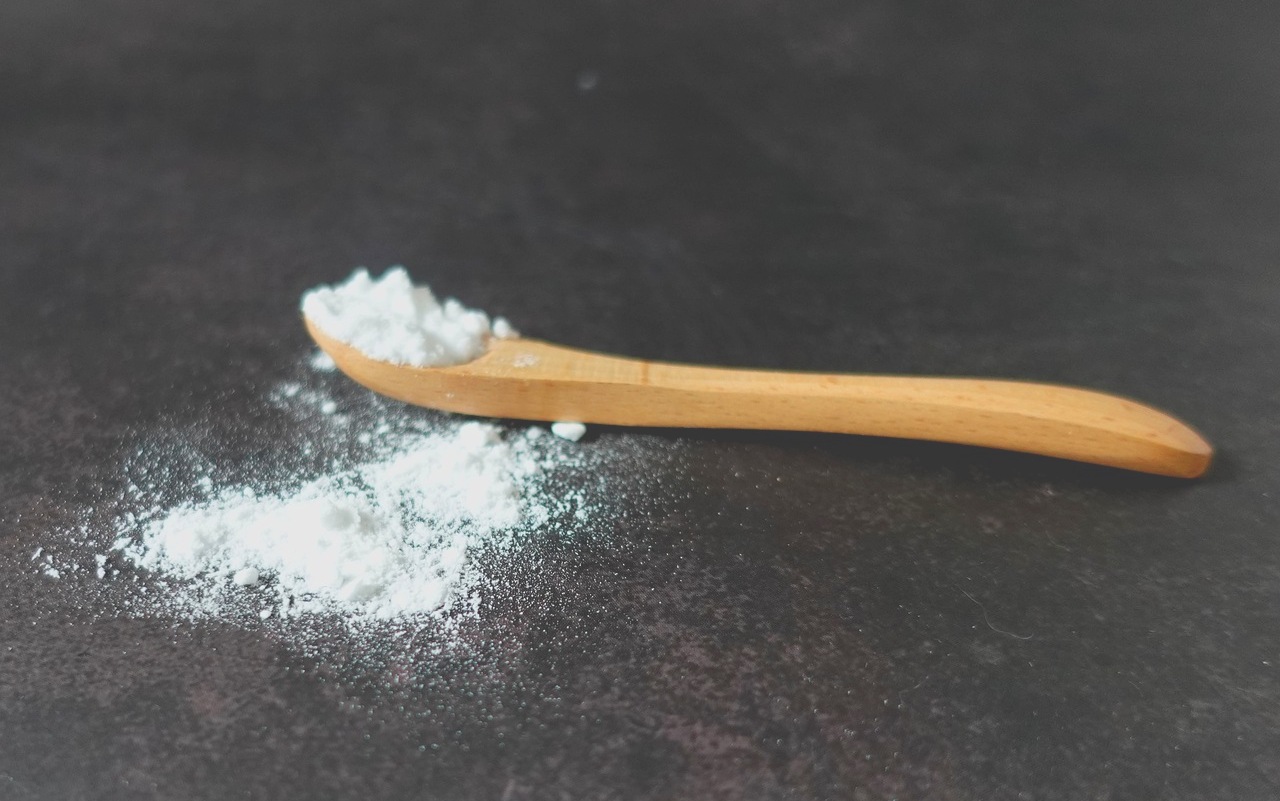Exploring the Mysteries of Deep Processing of Organosilicon Products (Ⅴ)

Organosilicone products can be seen everywhere in our lives, from study to work to life. It can be said that they are everywhere. There are five main types of silicone deep-processing products that are widely used, namely silicone rubber, silicone oil, silicone resin, and silane coupling agent. and Gas phase white carbon black, today let’s learn about the last gas phase white carbon black.
Introduction to white carbon black
White carbon black is modified silica, is a general term for white powdered X-ray amorphous silicic acid and silicate products, mainly refers to precipitated silica, fumed silica and ultra-fine silica gel, but also includes powdered synthetic aluminum silicate and calcium silicate. According to the production methods, white carbon black can be roughly divided into precipitation white carbon black and gas phase white carbon black.
Vapor-phase white carbon black is normally white amorphous flocculent translucent solid colloidal nanoparticles (particle size less than 100nm), non-toxic, with a huge specific surface area. Fumed white carbon black is all nano silica, the product purity can reach 99%, the particle size can reach 10~20nm, but the preparation process is complicated, the price is more expensive;
Gas phase white carbon black
Vapor-phase white carbon black is a transparent and odorless crystal or amorphous powder, is a multi-functional additive, can play a reinforcing, thickening, thixotropic, anti-precipitation, extinction and other functions. It is a truly industrial nanomaterial around the world. Vapor-phase white carbon black has high temperature resistance, no combustion, high electrical insulation, huge specific surface area and high dispersion properties, and can be widely used in silicone elastomers, coatings, adhesives, ink, paper, food, cosmetics, chemical mechanical polishing and other fields.
Characteristics of Gas phase white carbon black and flow of production
The maximum holding point is the specific surface area, for example, 50 grams of common fumed silica surface area is equivalent to the area of an entire football field!There are other features, for example, strong surface adsorption, large surface energy, high chemical purity, good dispersion, thermal resistance, resistance and other aspects of the specific performance, with its superior stability, reinforcement, thickening and thixotropy, unique characteristics in many disciplines and fields, has an irreplaceable role.
Vapor phase method, also known as dry method or pyrolysis method, is the use of silicon tetrachloride and oxygen, hydrogen reaction under high temperature conditions to prepare white carbon black, the product has high purity, good dispersion and large specific surface area and other advantages. But the production cost of gas phase method is high, the efficiency is low and the output is small. At present, it is mainly used in electronic packaging materials, resin composite materials, drug carriers and cosmetics.
Contrast: precipitated white carbon black
Vapor phase method and precipitation method are two methods for producing silica (vapor phase method) and silica (precipitation method). They differ in principles, processes and applications.
1. Principle:
- Gas phase method: The gas phase method cracks a gaseous silicon source (usually silicon gas or silane) in a high temperature environment to generate gaseous silica, which is then cooled and deposited in a condenser into white solid particles. These particles are white Carbon black.
- Precipitation method: The precipitation method is to react a water-soluble silicon source (such as silicate) with a precipitant under appropriate conditions to generate silica precipitate, and then prepare it into white solid particles, that is, precipitation, through filtration, washing, drying and other steps. Silica prepared by method.
2. Process conditions:
- Gas phase method: requires a high temperature environment and a special gas phase reactor, usually above 1000°C, and needs to control the flow rate and temperature of the reaction gas.
- Precipitation method: The reaction conditions are relatively mild and are usually carried out at room temperature or slightly higher temperature. The main purpose is to control parameters such as reactant concentration, pH value and the amount of precipitant added.
3. Product properties:
- Vapor phase silica: small particles, large specific surface area, high porosity and specific surface area, particle size usually between 10-100 nanometers, porous surface and special structure, good adsorption performance and whitening effect .
- Precipitation silica: larger particles, smaller specific surface area, particle size generally between tens to hundreds of nanometers, denser structure, and relatively weak adsorption performance.
4. Application:
- Vapor phase silica: commonly used in rubber, plastics, inks, coatings and other fields, and can be used as fillers, whitening agents, reinforcing agents, etc.
- Precipitation silica: mainly used in silica gel, coatings, rubber and other fields, and can also be used as filler, whitening agent, etc.
As a multifunctional nanomaterial, fumed silica plays an important role in various industrial fields. Its high specific surface area, good dispersion and excellent performance make it an indispensable additive in rubber, plastics, coatings, inks and other industries. Although the production process of fumed silica is complex and the cost is high, its unique performance advantages still have broad market prospects in high-end applications. With the continuous advancement of science and technology and the development of the industry, it is believed that fumed silica will have wider applications and better development.
